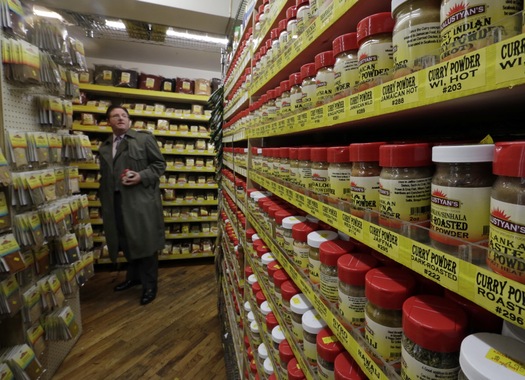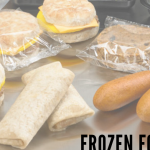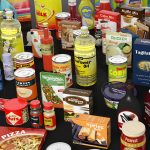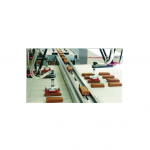
When you do the numbers, food packaging saves on waste
Roughly a third of food produced — 1.3 billion tons of the stuff — never makes it from farm to fork, according to the U.N’s Food and Agriculture Organization. In the poor world, much of this waste occurs before consumers even set eyes on items.
Pests feast on badly stored produce; potholed roads mean victuals rot on slow journeys to market. In the rich world, waste takes different forms: items that never get picked off supermarket shelves; food that is bought but then goes out of date.
Such prodigious waste exacts multiple costs, from hunger to misspent cash. Few producers and processors record accurately what they throw away, and supermarkets resist sharing such information. But some estimates exist: retailers are reckoned to mark down or throw out about 2 percent to 4 percent of meat, for example. Even a tiny reduction in that amount can mean millions of dollars in savings for large chains.
Waste also damages the environment. The amounts of water, fertilizer, fuel and other resources used to produce never-consumed food are vast. The emissions generated during the process of making wasted food exceeds those of Brazil in total.
Squandering meat is particularly damaging: livestock account for more emissions than the world’s vehicle fleet. Consumption is also set to increase by three-quarters by the middle of the century as newly rich diners in China, India and elsewhere develop a taste for it. The U.N. wants to halve food waste per person in shops and in households by 2030 under its Sustainable Development Goals.
Help is at hand in the sometimes squishy, see-through shape of packaging. Far from being the blight that green critics claim it is, food wrappings can in fact be an environmental boon. By more than doubling the time that some meat items can stay on shelves, for example, better packaging ensures that precious resources are used more efficiently. Planet and profits both benefit.
Read more: When you do the numbers, food packaging saves on waste





